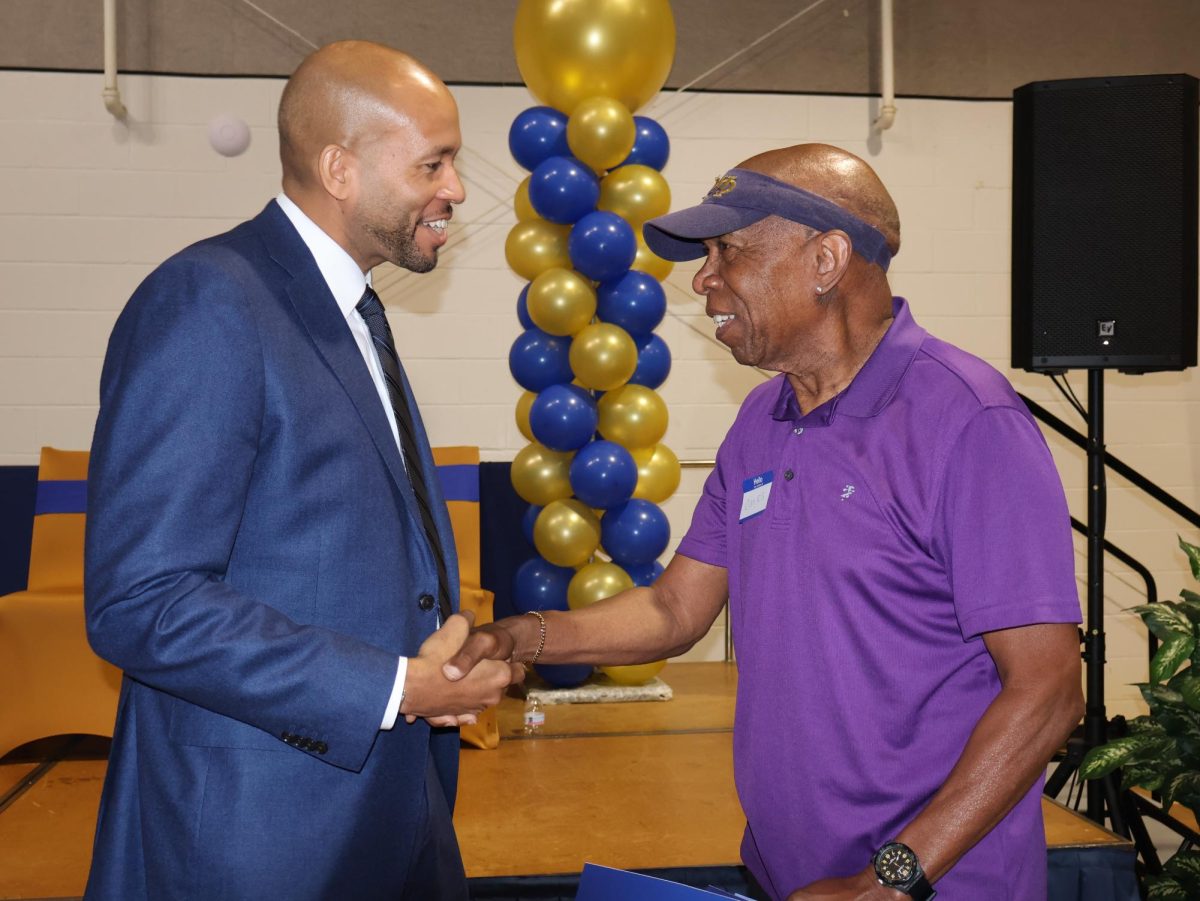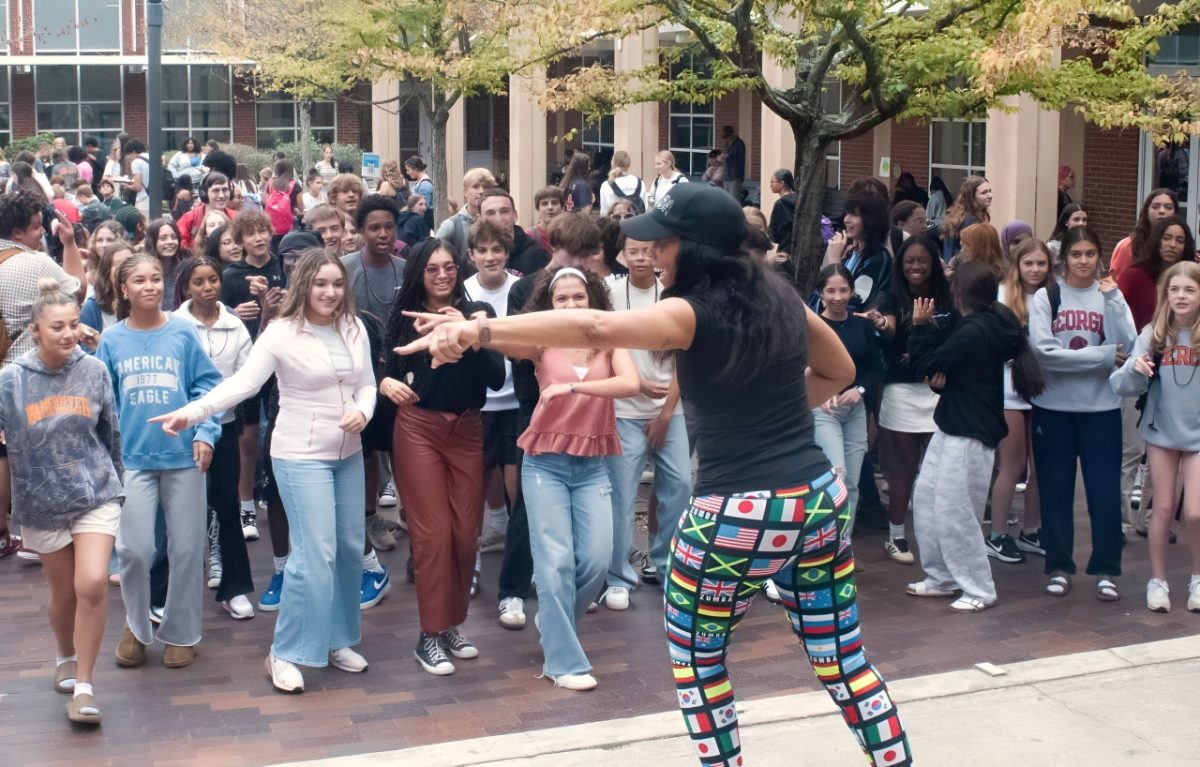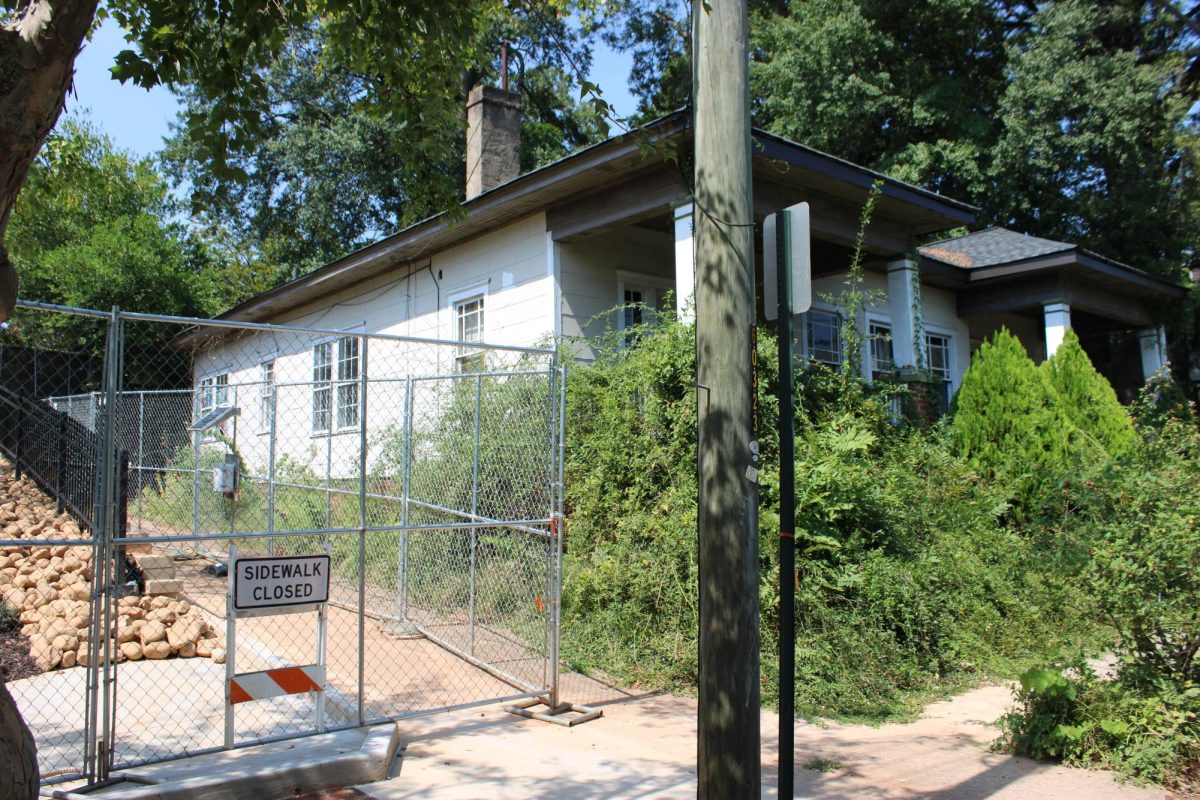
By Carter Guensler and Margo Stockdale
As hundreds gathered near the entrance of Underground Atlanta, helicopters hovered above recording the scene. With loud music blaring, picketers hoisted signs overhead and spoke out against injustice.
Demonstrators rallied on the evening of Nov. 25 to protest the St. Louis County grand jury’s Nov. 24 decision not to indict officer Darren Wilson for the Aug. 9 shooting death of 18-year-old Michael Brown. The protest was organized by Atlanta activists and lasted four hours, symbolizing the time that eyewitnesses say Brown was left lying dead in the street.
The Atlanta protests echoed the sentiments of demonstrations organized all across the country and abroad, citing racial prejudice as a key component in the grand jury’s verdict. The jury was comprised of nine white people and three black people.
“I felt like it was important to go to the protest, not necessarily because of the officer [because] we don’t know if he would have been guilty or not, but I feel like there should have been a trial,” senior Samantha Bowie said. “It was appropriate to go to a protest and show support for the whole movement.”
The protest began with four minutes of silence dedicated to Brown and his family, again to symbolize the hours that witnesses say he lay gunned down in the road. The silence was observed at the top of every hour, followed by a minute of what the event organizers referred to as “turn up,” which included cheering and chanting of “no justice … no peace.”
The organizers of the protest delivered a peaceful message, attempting to communicate that the U.S. justice system is failing black citizens and needs to be changed. Some attendees, however, had different ideas: violent sentiments were expressed by more extremist demonstrators, who called for a new government and retaliation against “the oppressors.”
“Well, I definitely agreed with some of the stuff [that was said],” Bowie said. “Other things were kind of radical. … I don’t really think we need to overthrow the American government, but I did think it was a good, strong show of support for Michael Brown and his family and other people that [have been] gunned down by police brutality.”
Protest organizers wanted a secure environment and provided a childrens’ area and a “safe space” for protesters to vent their feelings away from the commotion. Volunteers in bright yellow vests were present to ensure the protesters’ safety, and event organizers emphasized the importance of listening to these neon peacekeepers. Many volunteers were legal advisors called to ensure that both protesters and police officers stay within their legal bounds.
Speakers included representatives from an LGBT organization, legal observers from the National Conference of Black Lawyers and several Atlanta area artists and entertainers. Bowie pointed out that in times like these, marginalized groups tend to get together to speak out against injustice.
The demonstrators, however, were diverse. Several hundred white protesters, including junior Zach Clay, attended to express solidarity for the black community. Clay said that he never felt unwelcome at the event, but that he knew it wasn’t about him.
“It’s almost like you’re not worthy of these people,” Clay said. “You see how amazing they are and everything they do, and you can’t help but feel inadequate.”
After the announcement of the grand jury decision, Mayor Kasim Reed urged Atlanta protesters to demonstrate in a peaceful manner.
“I believe we should respect the wishes of Michael Brown Sr.,” Reed said in a statement following the grand jury decision, “all protests be conducted in a way that honors his son’s memory, rather than distracts from it.”
Reed also said that Atlanta Police Department officers need to be aware of protesters’ rights.
The protest remained peaceful until around 8 p.m., when protesters got in an altercation with police officers. Officers reportedly yelled at protesters to “get back,” when they began to approach the Capitol building. By 8:30, protesters had traveled to the downtown connector, blocking it. The protest culminated at the CNN Center, and 21 protesters were arrested, including 11Alive news photographer Tyson Paul. The APD blamed any property damage on “splinter groups,” while the vast majority of protesters remained peaceful.
Following the Ferguson grand jury, a Staten Island grand jury elected not to indict an officer who allegedly held New York City resident Eric Garner in a chokehold, ultimately killing him. Garner’s death was recorded, and chokeholds are outlawed by the New York Police Department.
Protests are on-going across the United States and have spread abroad to other areas of conflict including Hong Kong, Mexico and Palestine. Protesters in these countries have given their full support to the Brown family and other black victims of police brutality in the United States.
“The protesters are going to have to come up with a set of goals to get what they want, which I think they just started doing,” Bowie said. “I think to change, you have to get a little more organized, but it can definitely happen.”






